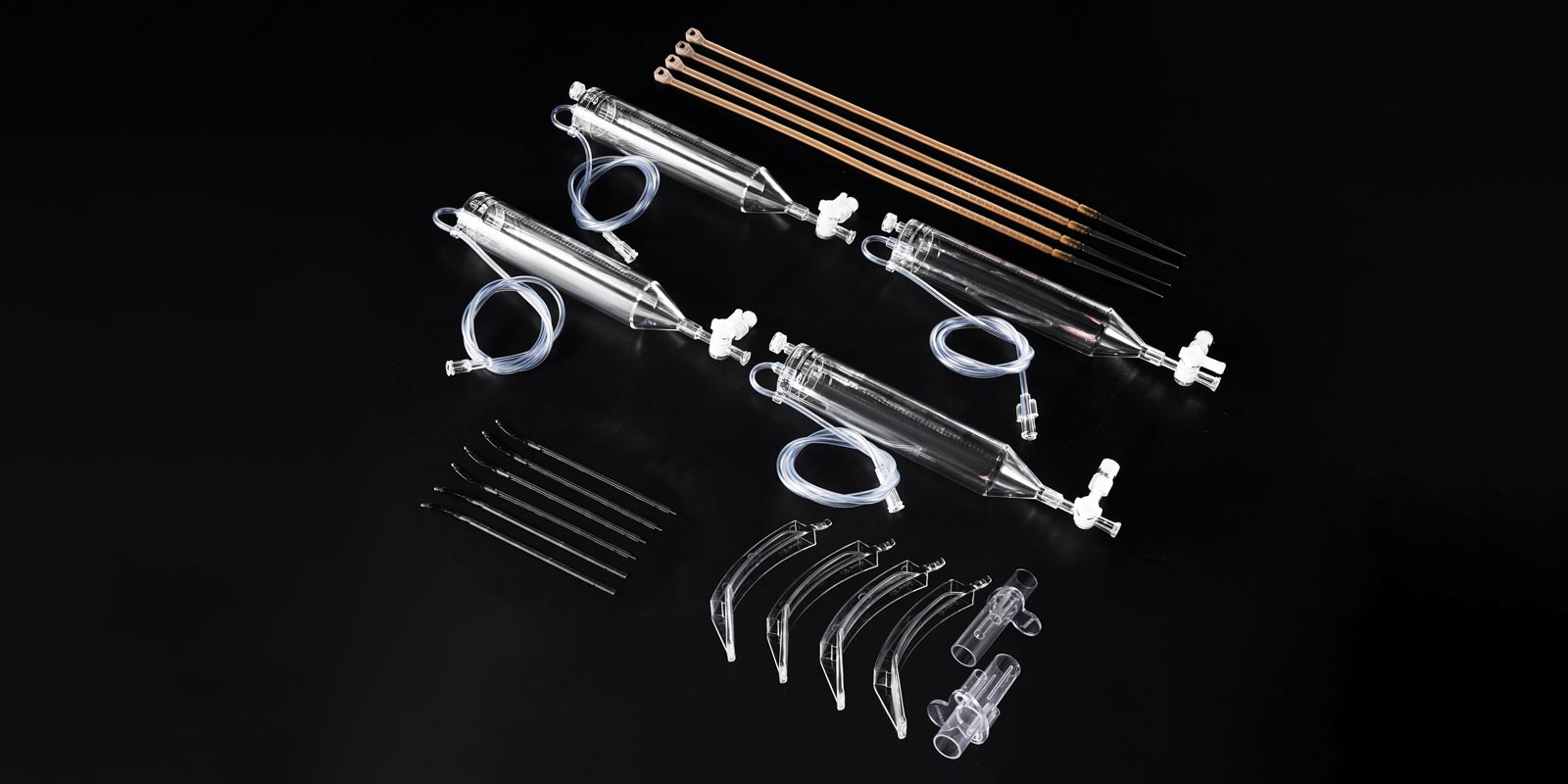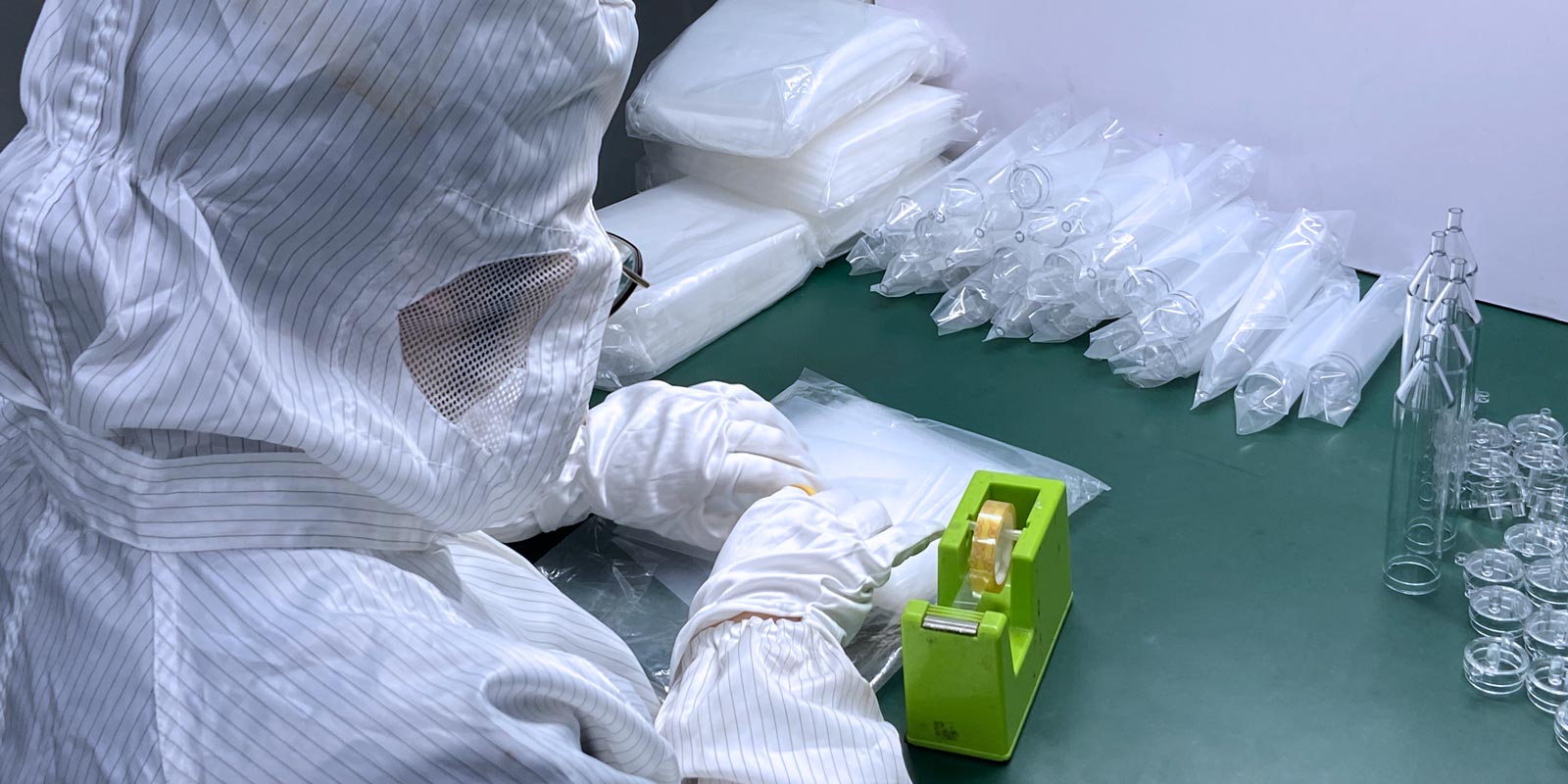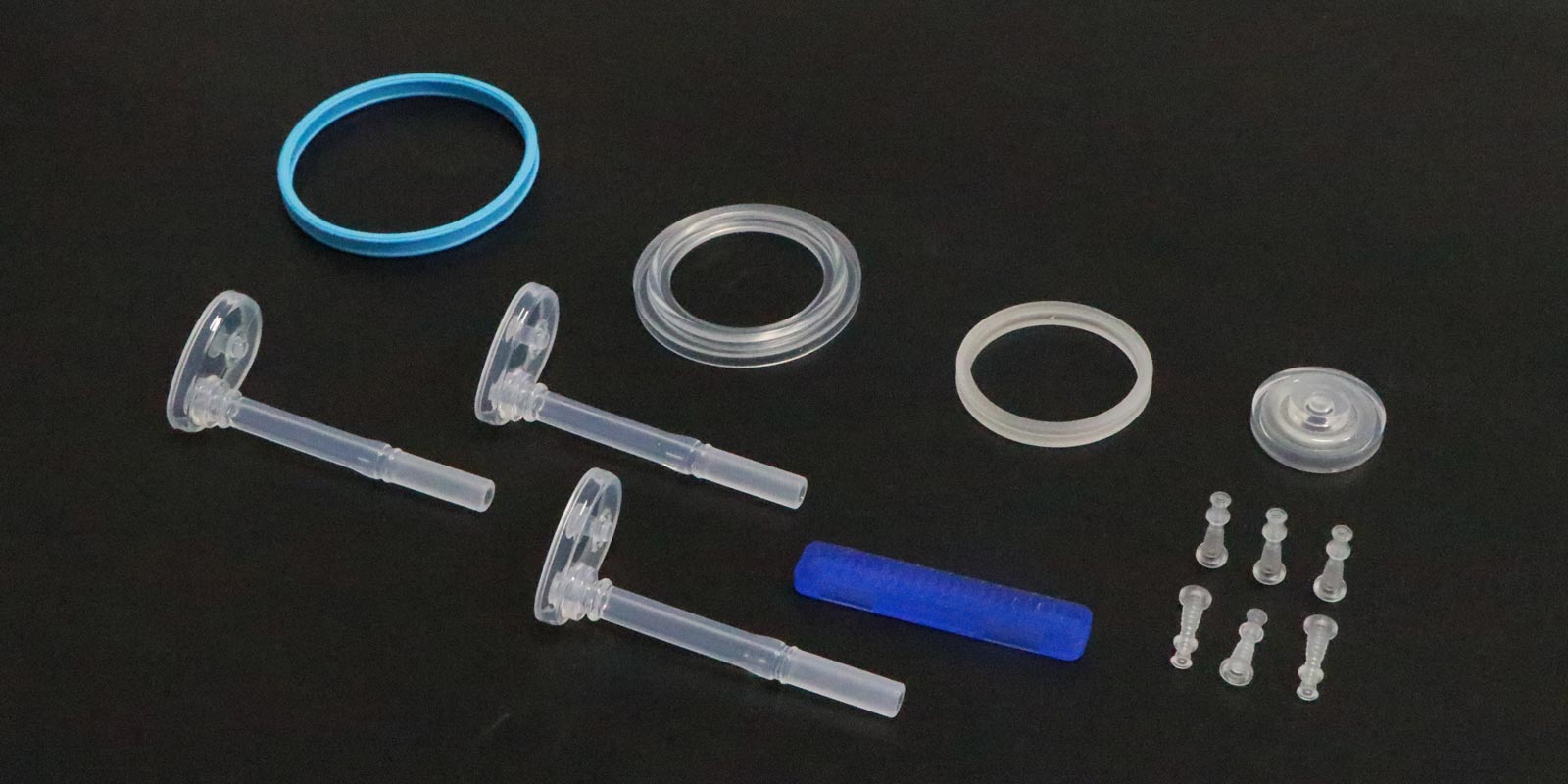When selecting a medical mold factory, companies need to conduct a comprehensive assessment based on their actual situation and characteristics. This article delves into the critical aspects to consider when choosing a medical injection mold factory, including the nature, scale, mold opening costs, and machinery equipment of the factory.
1. Nature of the Medical Mold Factory
Currently, the Pearl River Delta, Yangtze River Delta, and Bohai Rim regions are home to numerous foreign-invested, Taiwan-funded, Hong Kong-funded, and domestically privately-owned mold factories, each with its own unique strengths.
-
Foreign-invested Mold Factories
Foreign-invested mold factories are renowned for their standardized management, well-established processes, strong service awareness, and guaranteed quality and service. However, their costs are higher, leading to correspondingly higher mold opening fees. If a company has strong financial strength and places extreme importance on product quality, foreign-invested mold factories are undoubtedly a preferred choice. It should be noted, however, that large-scale foreign-invested mold factories often have a fixed clientele of foreign customers, making it difficult for domestic companies to secure orders. Moreover, their quotes are usually in line with international market prices, which can be prohibitive for many domestic enterprises.
-
Taiwan-funded and Hong Kong-funded Mold Factories
Taiwan-funded and Hong Kong-funded mold factories have benefited from early industrial development and their management and design concepts are similar to those of Japanese, Korean, European, and American foreign-invested enterprises. Although their quality and service may be slightly inferior to those of foreign-invested mold factories, their prices are moderate, making them a favorite among many capable domestic companies as long-term mold partners.
-
Domestically Privately-owned Mold Factories
Domestically privately-owned mold factories are the newcomers in the mold industry since China's reform and opening up, with a significant number located in the Pearl River Delta, Yangtze River Delta, and Bohai Rim regions. Among these, some have developed rapidly, achieving high levels in hardware equipment, management processes, design philosophy, business philosophy, and quality awareness through years of growth. They continuously catch up with foreign technology, giving rise to a group of outstanding domestic mold enterprises. These companies offer competitive pricing for molds and products compared to foreign-invested, Taiwan-funded, and Hong Kong-funded enterprises, providing high cost-effectiveness that often attracts the attention of mold purchasers.
Nevertheless, there are still many domestically privately-owned mold factories that, due to insufficient start-up capital and limited financing channels, rely on limited initial investments from personal savings accumulated through employment. They opt for second-hand processing equipment with lower performance and precision, as well as B-grade materials for mold and product manufacturing. This often results in molds that fall short of customer requirements in terms of design rationality, manufacturing precision, mold lifespan, and product stability. These enterprises compete on price, sometimes offering unbelievably low quotes, which leads to a vicious cycle of corporate development.

2. Scale of the Medical Mold Factory
It is essential to note a basic common sense when choosing a medical mold factory: select a factory with complete supporting equipment, often referred to as a "fully equipped" mold factory. This means the factory must possess essential mold processing, production, and inspection equipment such as precision CNC machining centers, wire cutting machines, EDM machines, mold trial presses, and 3D and 2D measuring instruments. This should be a key consideration in the assessment and ultimate selection process.
The absence of such equipment implies that the mold factory will need to outsource a significant portion of its manufacturing and production processes. This has three major adverse consequences: it increases mold opening costs, prolongs the mold delivery cycle, and makes it difficult to monitor the outsourcing process. Often, the outsourcing is done by smaller roadside shops with only one or two pieces of second-hand equipment, where "standardized management, process control, and quality awareness" are all but non-existent. Many seemingly well-made molds can suffer from issues such as mold frame deformation, premature failure, or even inability to produce in volume due to the careless handling, rough operation, and repeated welding by these roadside shops. Therefore, it is crucial to avoid being lured by low prices and falling into the trap set by these unscrupulous mold manufacturers.
3. How to Reduce the Cost of Purchasing Medical Molds?
In my opinion, it is first necessary to understand the estimated order quantity for the new product. Is it substantial?
If the estimated order quantity does not reach 500,000 units during the new product development review stage, it is advisable not to harden the mold and instead open a soft mold, commonly known as a prototype mold. Soft molds are less expensive, and if the market response is poor, the cost of opening a hard mold is saved.
If the product's sales market expands later and demand surges, a second hard mold, or a duplicate mold, can be opened during the production of the first set of molds. This will not affect the production and shipment schedule of the products. Another notable benefit is that the mold factory will have accumulated design and manufacturing experience during the development of the first set of molds. This experience can be applied to the opening of the second set of molds, allowing for significant improvements. Even if you do not request it, the mold factory will undoubtedly take the initiative to do so, as it will streamline the process and make the duplicate mold more refined.
Conversely, if a production mold is launched from the outset without knowing the estimated order quantity for the product, it will unnecessarily increase your mold procurement costs by at least one-third. Additionally, mold costs should be considered during the engineering design stage, unless the product has high requirements or the customer specifies the use of certain materials and processes.
Summary of Key Points for Selecting a Medical Mold Factory:
-
Never blindly or solely rely on low procurement prices. As the saying goes, "You get what you pay for." Low prices often hide traps that we are unaware of, such as inferior quality or cutting corners. Remember, every mold factory has to pay rent, utilities, salaries, and make a profit.
-
Never choose a mold factory with incomplete supporting equipment. I once had a lesson in this regard, selecting a small workshop-style mold factory due to price considerations. This factory's mold department had only a few dozen people, not even a CNC machine, and other machinery was also inadequate. The few pieces of equipment they did have were cobbled together from old parts. The outcome was predictable and truly disastrous.
-
It is recommended that when selecting a mold factory, companies consider their own situation and characteristics, and conduct an objective assessment of the mold and product requirements in consultation with various departments before making a reasonable choice. This approach will yield satisfactory results.
















 Home
Home
